Despite recent labor agreements, thousands of auto workers are facing layoffs. Stellantis and General Motors (GM) have announced significant job cuts, affecting both union and salaried employees.
The layoffs, set to begin in October 2024, highlight a troubling trend where companies find ways to reduce costs, often at the expense of their workforce.
Stellantis Slashes Jobs Amidst Production Shift

Stellantis plans to lay off up to 2,450 workers at its Warren Truck Assembly Plant in Michigan. As production of the Ram 1500 Classic also ends, the plant will reduce to a single shift, focusing on Jeep Wagoneer assembly.
This strategic shift is set to impact thousands of workers, with layoffs beginning as early as October 8, 2024.
General Motors’ Global Layoffs Signal a Strategic Shift
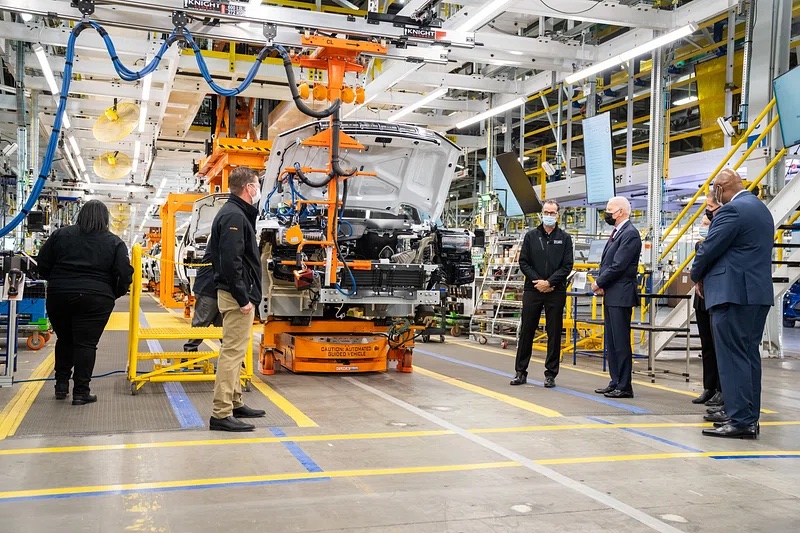
GM is also engaging in significant layoffs, cutting over 1,000 salaried employees in its software and service units worldwide.
The move comes after a comprehensive review of operations and is part of GM’s strategy to streamline processes and focus on high-impact investments. The cuts aim to help GM achieve a $2 billion cost-saving goal.
Concerns Over Job Security
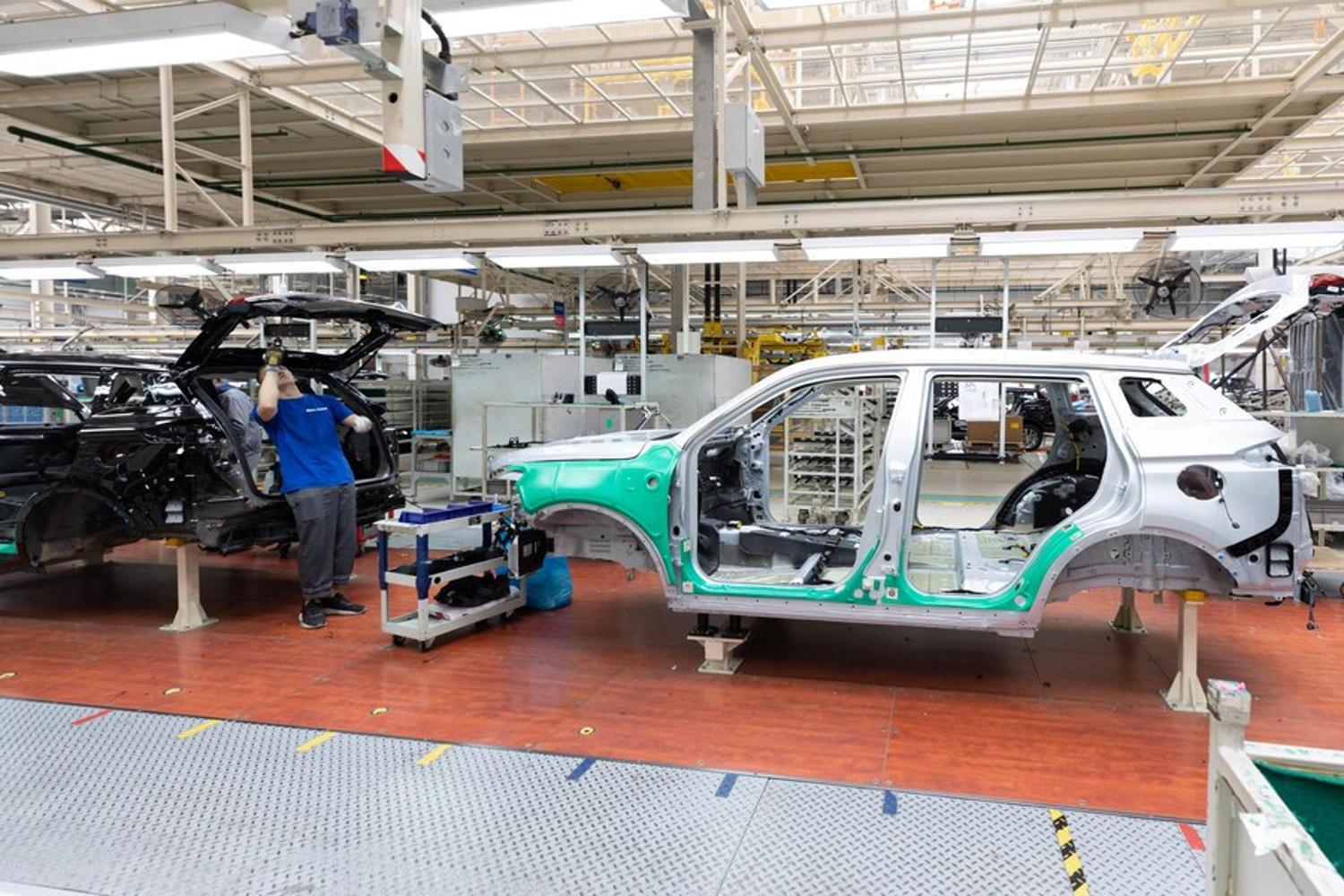
Investment finance YouTuber Orlando Miner expressed concern over these layoffs, particularly as they come after new UAW labor agreements.
Miner highlights the frustration among workers who feel betrayed, despite assurances from their employers and unions. He emphasizes that the companies prioritize their bottom lines over employee welfare, especially as the holiday season approaches.
Exploiting Labor Agreement Loopholes

Miner also suggests that companies like Stellantis and GM are exploiting loopholes in labor agreements to lay off workers without violating contracts.
By conducting thorough reviews of agreements, these companies could be finding ways to reduce their workforce legally. This tactic leaves workers feeling insecure, even with new labor deals in place.
Impact on Workers and Their Families

The layoffs come as a harsh reality for many workers and their families, particularly those who have been loyal to the company for years.
As one commenter noted, the fear of job loss is constant, prompting some workers to save a portion of their paycheck each month. This sense of insecurity is becoming a norm in the industry.
A Nostalgic Reflection Amidst Change
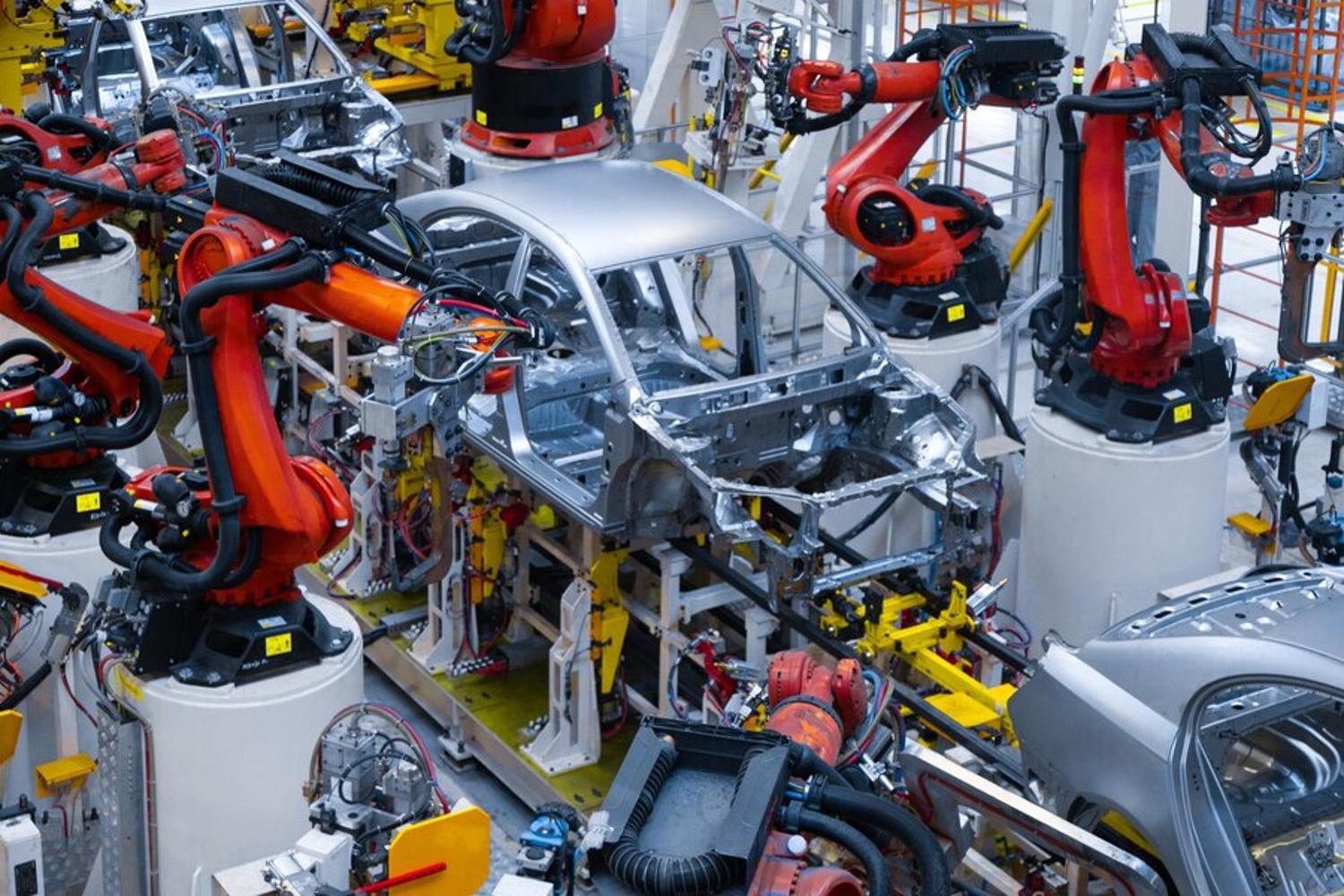
While Stellantis focuses on cutting costs, Frank B. Rhodes, Jr., great-grandson of Chrysler’s founder, has proposed buying back Chrysler and Dodge.
Rhodes wants to strike a balance between innovation and tradition but has yet to present a concrete plan. His proposal relies heavily on nostalgia, raising questions about its viability in a rapidly changing industry.
Electric Vehicles and Automation

As the automotive industry pivots towards electric vehicles (EVs) and automation, further job cuts are anticipated.
Both Stellantis and GM have been vocal about their EV strategies, but this shift is expected to result in fewer jobs due to the simplified production process of EVs and increased use of automation and AI technologies.
The Role of Unions in Protecting Workers
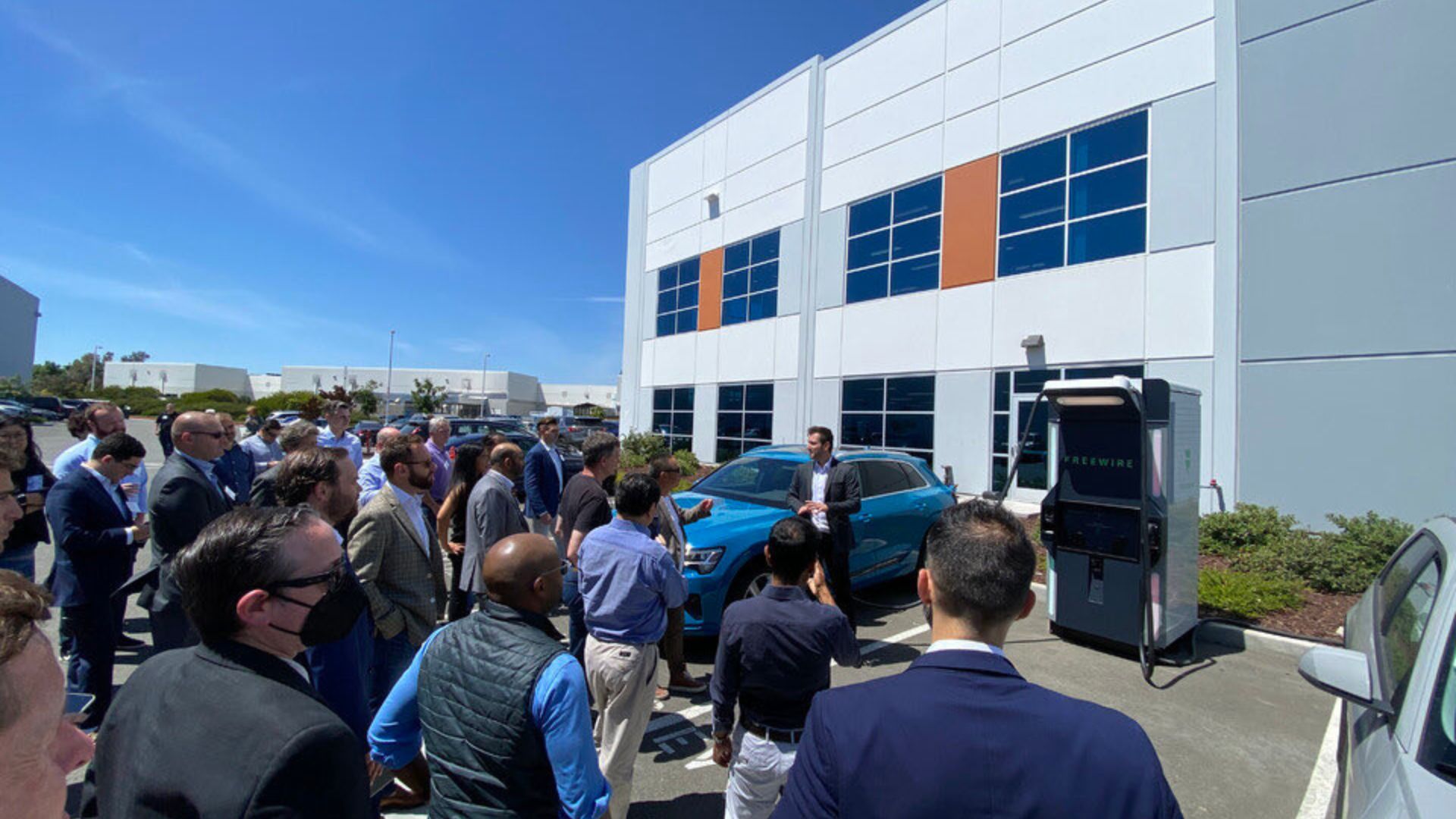
Unions like the UAW have worked hard to secure better pay and benefits for workers, but these recent layoffs underscore the limits of their power.
Unions must now strategize on how to better protect workers from such cost-cutting measures. Future-proofing agreements and advocating for robust retraining programs are crucial steps forward.
Workers’ Response to Job Insecurity

Many workers are beginning to take matters into their own hands, focusing on personal financial security rather than relying on company promises.
As one worker shared, loyalty to companies is fading, especially after experiencing repeated layoffs and loss of benefits like pensions.
The Broader Implications for the Automotive Workforce
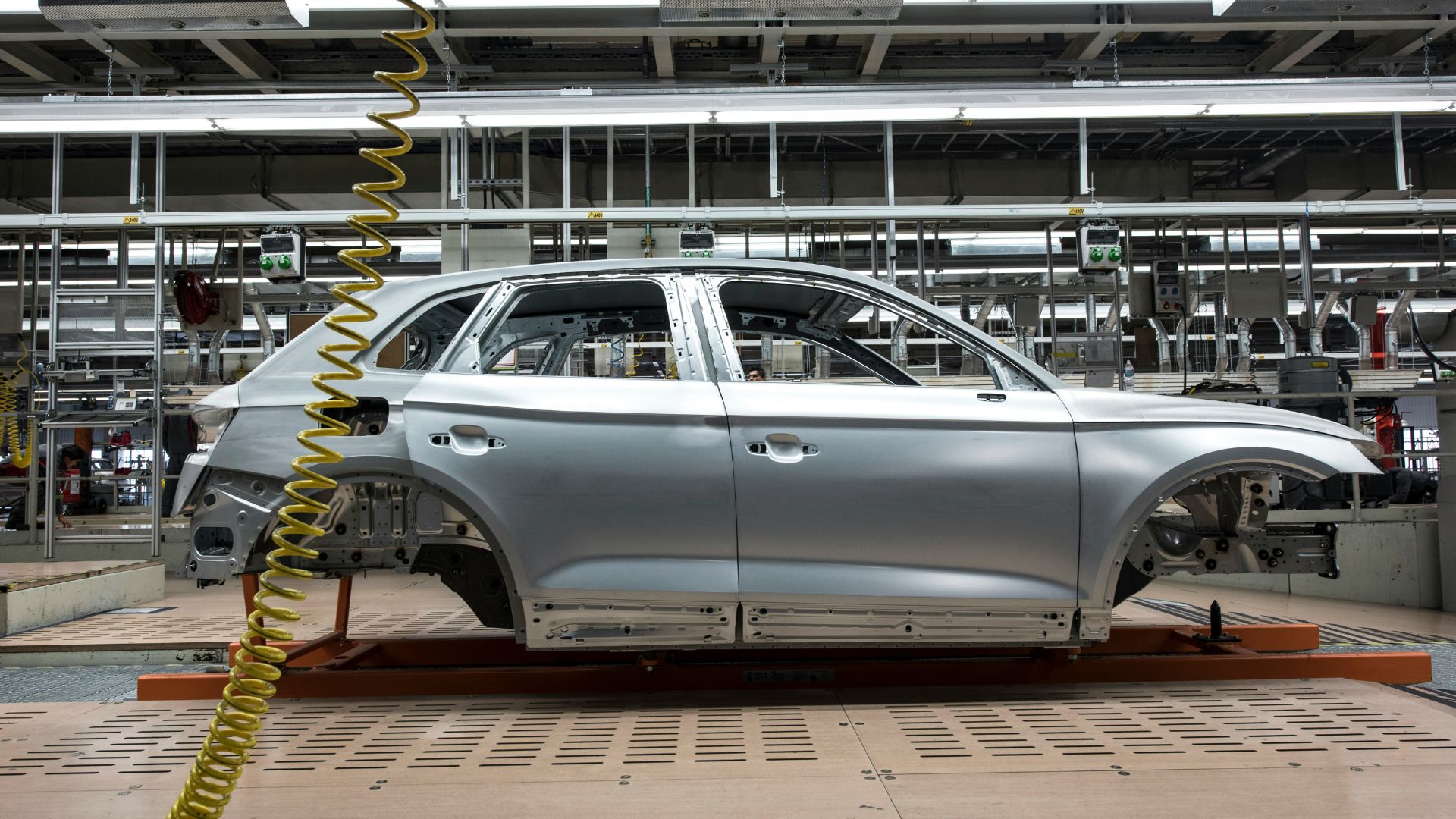
The layoffs at Stellantis and GM are a wake-up call for the entire automotive workforce.
While the industry continues to evolve towards more technology-driven production, traditional notions of job security are being challenged.
Preparing for a New Reality in the Automotive Industry

As companies continue to streamline operations and cut costs, job security in the automotive industry is becoming increasingly fragile.
Workers and unions alike must adapt to this new reality, focusing on retraining and upskilling to stay relevant. It seems the future of the workforce lies in being prepared for change, rather than expecting stability.








































